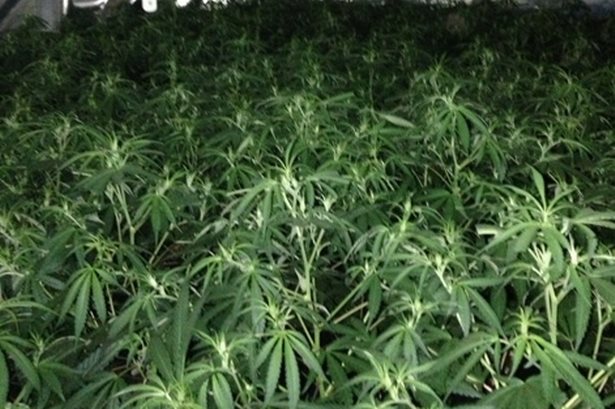Investigating Cannabis Use Normalization by Distinguishing Between Experimental and Regular Use: A Multilevel Study in 31 Countries
2 de setembro de 20151min2


SHARON R. SZNITMAN, TANYA KOLOBOV, TOM TER BOGT, EMMANUEL KUNTSCHE, SOPHIE D. WALSH, AND YOSSI HAREL-FISCH,
ANNABIS IS THE MOST WIDELY USED illicit substance in the world, with particularly high prevalence rates among adolescents (European Monitoring Centre for Drugs and Drug Addiction [EMCDDA], 2011; United Nations Office on Drugs and Crime [UNODC], 2011). Adolescent cannabis use has been linked to adverse outcomes including poor psychosocial functioning (Hall & Degen-hardt, 2014; van Gastel et al., 2013), mental health disorders (Hall & Degenhardt, 2014; Lev-Ran et al., 2014; van Gastel et al., 2013), low educational achievement (Bachman et al., 2008; Fergusson et al., 2003), greater likelihood of other illicit drug use, and risks for dependence (Hall & Degenhardt, 2014). A number of these risks increase with younger age at initiation (Hall & Degenhardt, 2014).


